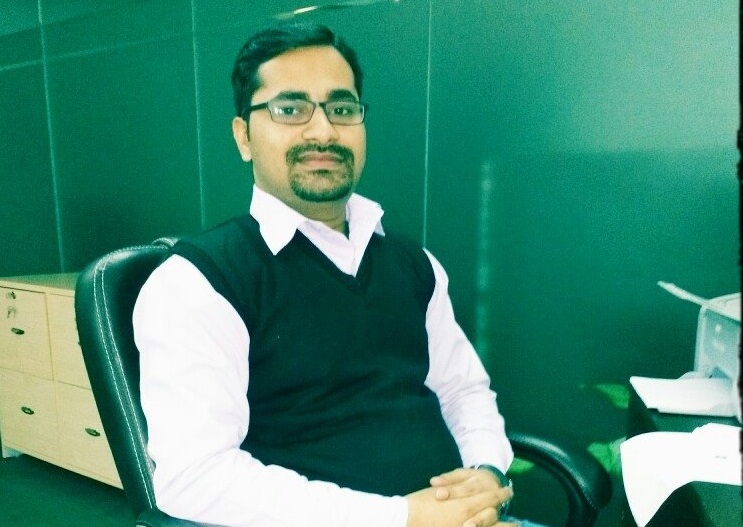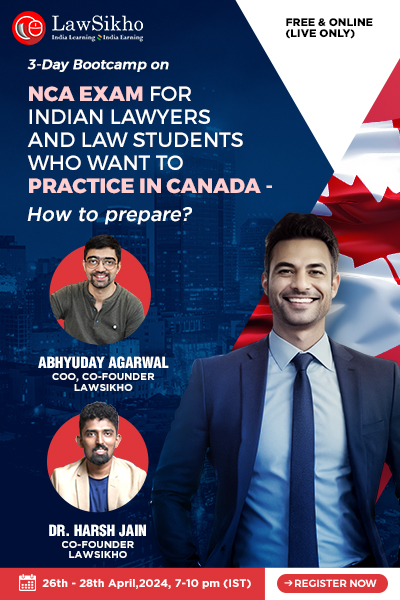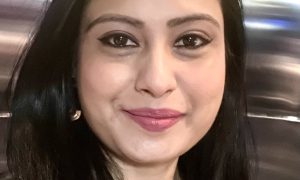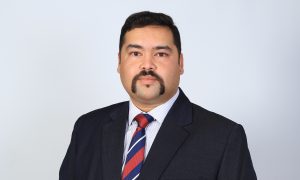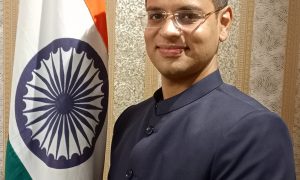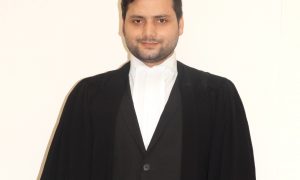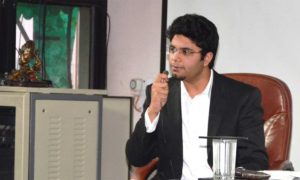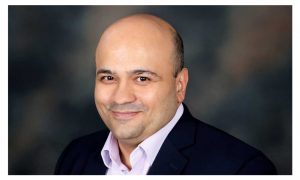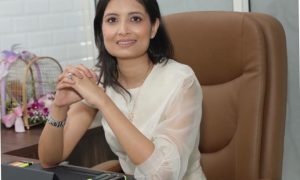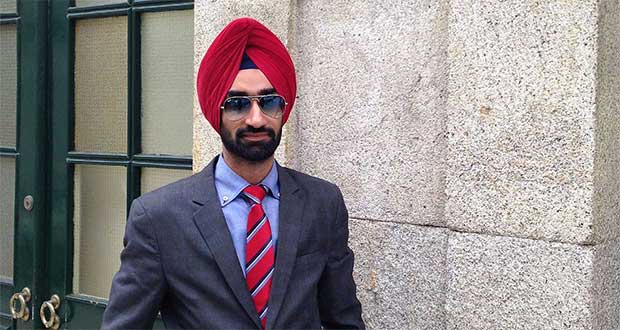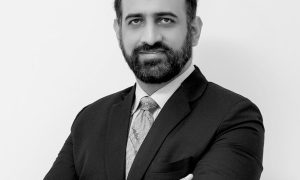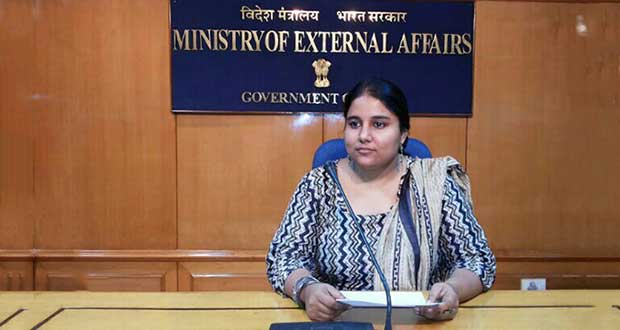Ankur Mishra graduated from KIIT University, Bhubaneshwar in 2013. At present, he is an Associate Attorney at KAnalysis Legal, New Delhi.
He has an experience in drafting patent specifications for Indian, Malaysian and Canadian Patent Office. He drafts responses to objections in patent applications and conducts patent prior art search and trademark search. He also prepares Patent application, Trademark application, Copyright and Design registration applications.
In this interview he talks to us about:
- The importance of Science background for patent drafting and prosecution.
- The importance of choosing honors in IP during LL.B. course.
- The strategy before drafting and filing a patent application to avoid potential infringement.
- Obtaining patent protection in foreign countries.
Most of our readers are young lawyers and law students. How will you introduce yourself to them?
Current Association: Associate Attorney at KAnalysis Legal, New Delhi. I graduated in B.Sc. LL.B (Hons. in IP) from Kalinga Institute of Industrial Technology (KIIT) University, Bhubaneswar in 2013. It is very important for a law student to decide the interested area of law in which they feel interested and comfortable to pursue their career. Since I opted for B.Sc.LL.B with biotech as a major subject in B.Sc., interest for Patents and general I.P developed in me. During the second year of the course, the students should focus on the interested area of law which they decide for their career. I decided to honors in Intellectual Property Law after the second year during my LL.B course. I interned at several I.P Law firms in their patents and trademark department which provided me the opportunity to learn the practical aspects of the I.P Law and then I was able to appreciate the theoretical knowledge with practical skills required for patent drafting and strategy for I.P rights. After completion of my LL.B course, I have been associated with I.P law firm in New Delhi and working in the areas of Patents, Design, and Trademarks law since 2013.
Why is Science background necessary for patent drafting and prosecution?
Science background is important for the drafting of a patent application and prosecution because generally the patent applications comprise of scientific terms. The drafter should have a sound knowledge of the scientific terms in order to draft an excellent patent application and provide the best disclosure without any confusion in the minds of the examiner examining the application. If the drafter understands the scientific terms, then he/she is able to appreciate the invention much better throughout the specification. Science background helps you appreciate the different compositions, parts, components or methods of the inventions. An invention may comprise of various scientific knowledge, methods or components which the inventor has disclosed to you along with the invention, but they all cannot be claimed, having a science background here will help you to highlight the portions of the inventions to be claimed. Science background helps you in preparing your submissions before the examiner during prosecution of the patent application. It helps you differentiate your invention from the other already existing prior arts.
What is the importance of choosing honors in IP during LL.B. course?
IP is an emerging field; IP plays an important role in today’s competitive world. A company with strong IP rights can flourish with a tremendous speed in the market. Companies, industries, and commercial organizations are becoming more diligent about protecting their IP rights and hence there is, and there will be demand for IP professionals in the legal field too. Choosing for honors in IP will provide students gain much deeper knowledge than the general IP course because in IP honors almost all the areas of IP are taught elaborately which will help during practical implementation. Since IP law is an emerging area in the market, those who are opting for IP honors will always be preferred in the IP industry.
What is the importance of internships at IP Law firms?
Internships in IP law firms provide the students to learn the practical aspects of IP Law. Internships provide the basic practical knowledge and skills required for starting a career in IP Law. Internships in IP law firms provide the student to learn the rules and regulations to draft and prosecute the IP applications. There are several forms which need to be filled and filed along with the IP applications in compliance with various Rules; internships provide exposure to those Rules and forms.
What should be the strategy for drafting and filing a patent application to avoid potential infringement?
The attorney should run extensive prior art search in order to determine the novelty of the invention. Sometimes it happens that the invention thought to be a novel by the inventor is available in the prior arts. If the invention is similar to already patented inventions, then it will result in infringement of the already existing patent. Analyzing the prior arts prevents the applicant from the huge loss of money and time if the invention is not novel because litigation and attorney fee may cause a huge expenditure to the applicant in case of infringement. So it is advisable that the applicant must always ask the attorney to do a detailed prior art search and provide an analysis of the similarities and differences between their invention and the prior arts. The applicant must analyze the Prior Art Report provided by the attorney and accordingly decide the future course of action.
When should I begin investigating the patentability of my idea?
The moment the inventor develops the idea for invention he\ she should immediately start searching for the relevant prior arts and determine the novelty of their invention. Delay in investigating the patentability may result in losing time and money to the inventor.
What is the first step to obtaining a patent?
The first step to obtaining a patent is to file a provisional patent application as soon as possible and then work on the invention thoroughly to file a complete specification within 12 months from the date of filing the provisional application.
How long does it take to get a patent?
It takes around three to four years in India and US to obtain a patent.
Someone else is making or selling my patented device. What should I do?
There are few steps required to be taken before determining the actual infringement by another party. First, you should compare your patent with that of the infringer’s products. It sometimes happens that the infringing product or method might seem to be the same as the patented one but they might very well different in the technical aspects. Secondly, the patentee should compare his/ her claims with infringing products or methods; then the patentee has options to proceed legally against the infringer. The patentee can send a ‘cease and desist notice’ to the infringer demanding immediate withdrawal from manufacturing and selling the products. The patentee may then offer the infringer to enter into patent licensing agreement. If the infringer agrees to enter into a licensing agreement, then it will benefit the patentee regarding royalty. If the infringer does not comply with the cease and desist notice then, in that case, the patentee has the right to file in an infringement suit against the infringer and claim monetary damages as well as an injunction.
I would like to obtain patent protection in foreign countries. How should I proceed?
For obtaining patent protection in foreign countries, the inventor should file foreign application within 12 months from filing the initial patent application which the applicant wants to take as a priority. The inventor can also file a single patent application under the Patent Cooperation Treaty (PCT Application) and take it as priority application to file a patent in signatory countries. The applicant after filing PCT application should file a national application in signatory countries within 30 months from the date of PCT application (31 months in a case of European Patent Office). The inventor can also directly file a foreign application with the respective Patent Office of any country where he/ she desires to obtain patent protection.
What is the proper way to use a trademark?
Before adopting any mark as a trademark for any product or services the applicant should first determine the availability of the mark to be used as a trademark. The applicant should request the attorney to conduct a search for the similar trademarks already applied, registered or is already being used by another party. If the mark is not being used, applied or registered by anyone then in that case the applicant should immediately file the trademark application. The applicant should use the applied mark extensively and if possible, should show the prior use of minimum three years before filing the trademark application. However, the applicant can also file a trademark application comprising any mark, logo or device which is proposed to be used by the applicant in future.
Who can register a trademark?
Any person including organization, associations or company who has been using the mark or intent to use the mark in future may apply for trademark registration.
What are the steps to trademark registration?
Steps to trademark registration are:
(1) Filing of a trademark application with a prescribed fee of Rs.4000.
(2) Issuance of an application number by the registry.
(3) Examination of the application.
(4) Issuance of an examination report comprising objections of the registry.
(5) Filing written response to the objections raised by the registry.
(6) Appearing in hearing. The applicant may also file an affidavit of use with supporting documents during the hearing.
(7) If the application is accepted, the registry will issue Letter of Acceptance and publish the mark in official trademark journal. The trademark application is open for the opposition after publication; the opposition should be filed within four months from the publication date. If there is no opposition, then the registry will issue the registration certificate.
What guarantee is there that an application won’t be rejected?
There is no such guarantee. There are several grounds prescribed under the Trademarks Act for refusal and removal of a trademark. If the trademark application abides by all the conditions and rules required for registration then, in that case, there are 100% chances of registration.
What should be your advice to our readers?
Intellectual Property Law is an emerging area as a career for law students. One who wishes to pursue IP as a career must be focused and shall study specialized course in IP. If a student possesses science background, then it becomes a bit easy for him/ her to draft and prosecute patent applications. Trademarks, Designs, and Copyrights are other IP areas which do not require much technical background, knowledge of general IP laws will help. Students should pursue internships in IP law firms to get practical knowledge about IP applications and their prosecutions.
Individuals and corporates should be very diligent about their IP rights and should take all the measures to protect them because in today’s world ‘everything is IP and IP is everything’.

